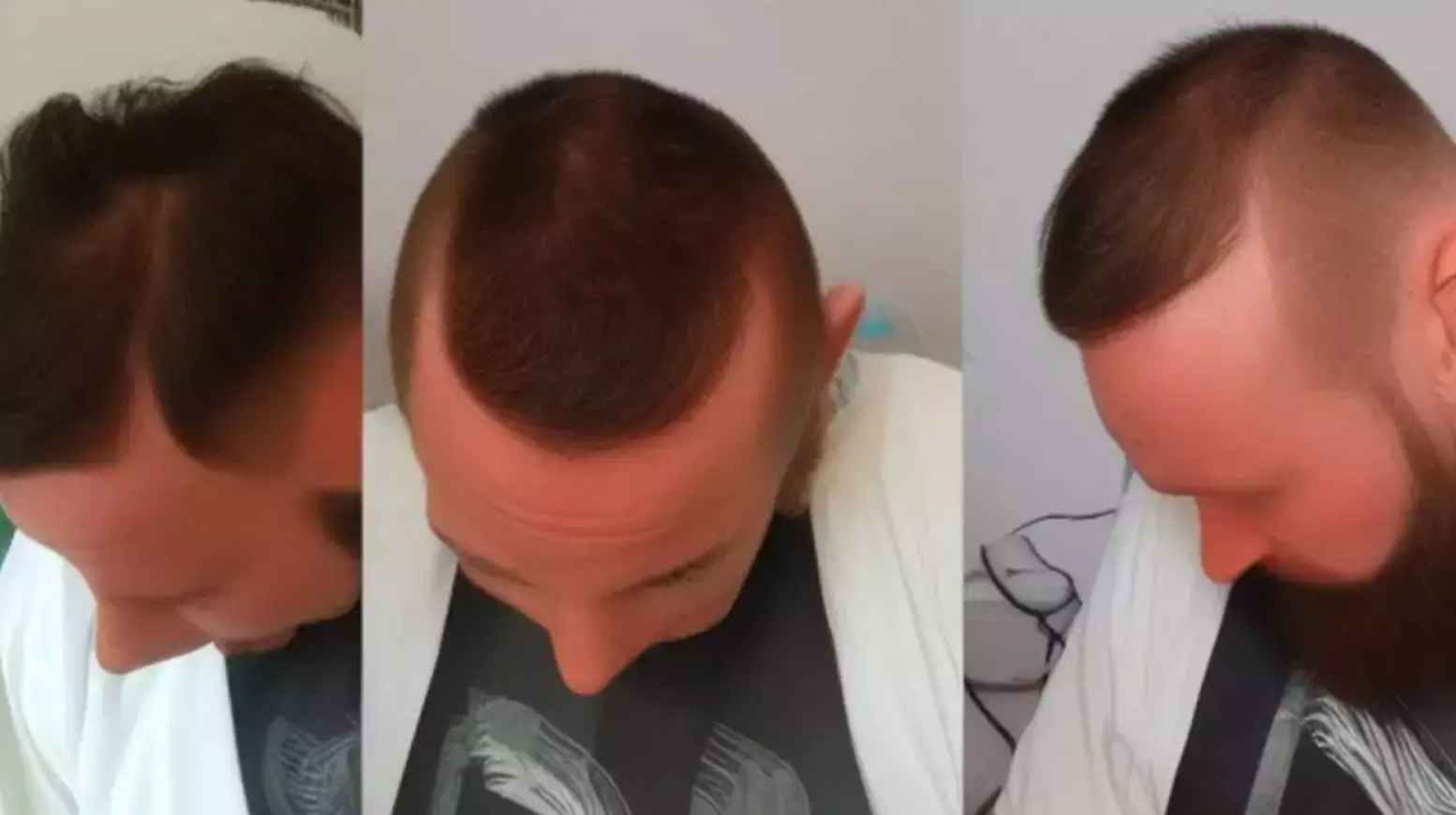Understanding the Difference between Hair Patch and Hair Transplant
In the realm of hair restoration, individuals seeking solutions for hair loss are often confronted with a myriad of options. Two commonly discussed methods are hair patches and hair transplants. While both aim to address hair loss concerns, they differ significantly in their approach, procedure, and outcomes. Let’s delve into the specifics to understand the disparity between these two methods.
Hair Patch:
Hair patch, also known as a wig or hairpiece, is a non-surgical solution for individuals experiencing partial or complete hair loss. It involves the application of a pre-made hairpiece onto the scalp using adhesive or clips. Hair patches come in various styles, colors, and materials to cater to different preferences and needs.
Procedure: The process of acquiring and applying a hair patch is relatively straightforward. First, the individual selects a suitable hairpiece based on their desired style, color, and fit. Then, the patch is attached to the scalp using specialized adhesive or clips. The application is typically quick and requires minimal downtime.
Advantages:
- Immediate Results: Hair patches offer instant gratification by concealing bald patches or thinning areas as soon as they are applied.
- Non-invasive: Since it is a non-surgical procedure, there are no incisions or recovery periods associated with hair patches.
- Versatility: Hair patches come in various styles and can be customized to match the wearer’s natural hair, allowing for versatility in appearance.
Disadvantages:
- Temporary Solution: Hair patches are not a permanent fix for hair loss. They require regular maintenance and replacement to uphold their appearance.
- Risk of Detection: Despite advancements in technology, some hair patches may be noticeable, particularly if not applied correctly or if the quality is compromised.
- Limited Coverage: Hair patches may not be suitable for extensive hair loss or certain types of alopecia, as they provide coverage only to specific areas.
Hair Transplant:
Hair transplant surgery is a surgical procedure that involves extracting hair follicles from donor areas, typically the back or sides of the scalp, and implanting them into the recipient’s balding or thinning areas. This method aims to redistribute healthy hair follicles to areas experiencing hair loss, resulting in natural-looking and permanent hair restoration.
Procedure: Hair transplant surgery is performed under local anesthesia and involves two primary techniques: Follicular Unit Transplantation (FUT) and Follicular Unit Extraction (FUE). FUT involves the removal of a strip of scalp from the donor area, while FUE involves individual extraction of follicular units. The extracted follicles are then meticulously implanted into the recipient sites, following the natural hair growth pattern.
Advantages:
- Permanent Results: Hair transplant surgery offers a long-term solution to hair loss, as the transplanted hair follicles continue to grow naturally.
- Natural Appearance: When performed by a skilled surgeon, hair transplant results are indistinguishable from the surrounding hair, providing a seamless and natural look.
- Increased Confidence: Restoring a fuller head of hair can significantly boost self-esteem and confidence in individuals affected by hair loss.
Disadvantages:
- Surgical Procedure: As a surgical intervention, hair transplant surgery entails certain risks, including infection, scarring, and potential complications during the healing process.
- Cost: Hair transplant surgery can be expensive, especially if multiple sessions are required to achieve the desired results.
- Downtime: Patients undergoing hair transplant surgery may experience a period of downtime post-procedure, during which they may need to refrain from strenuous activities and follow specific post-operative instructions.
In conclusion, while both hair patches in noida and hair transplants offer solutions for hair loss, they differ significantly in their approach, permanence, and associated factors. The choice between the two methods ultimately depends on individual preferences, budget, and desired outcomes. Consulting with a qualified medical professional can help individuals make an informed decision tailored to their specific needs and circumstances.
